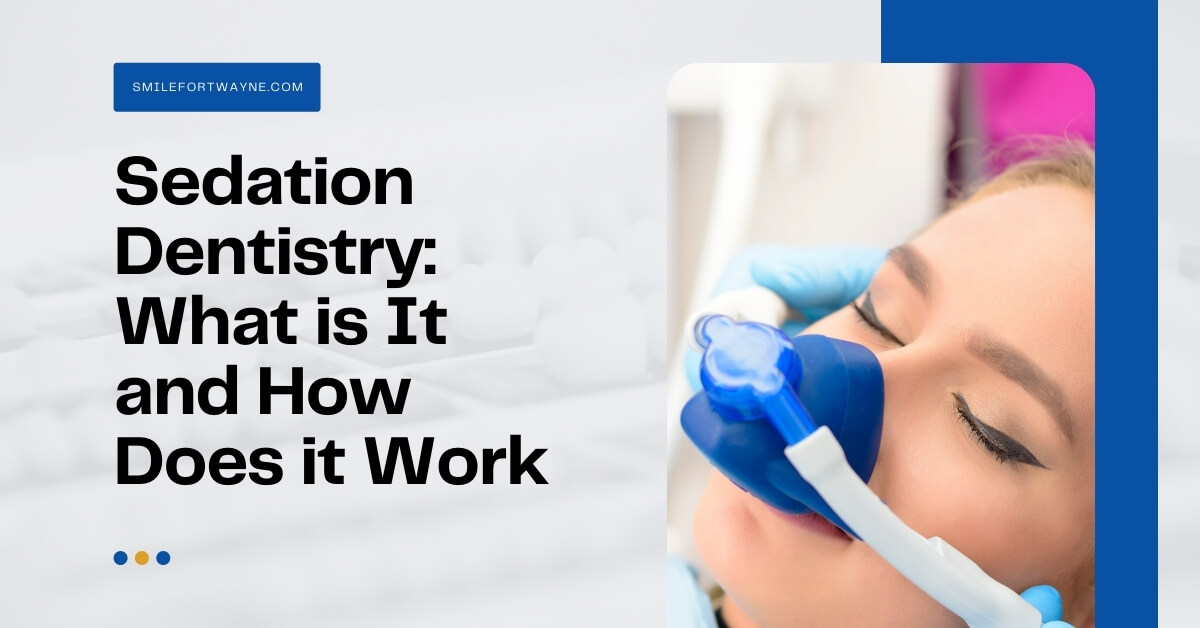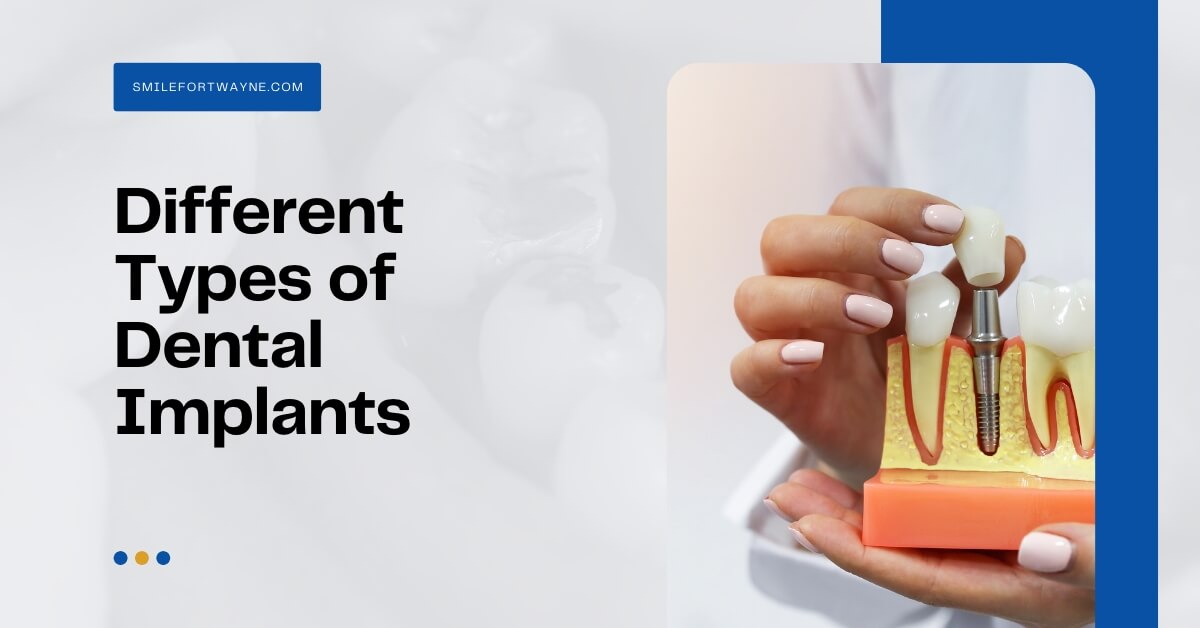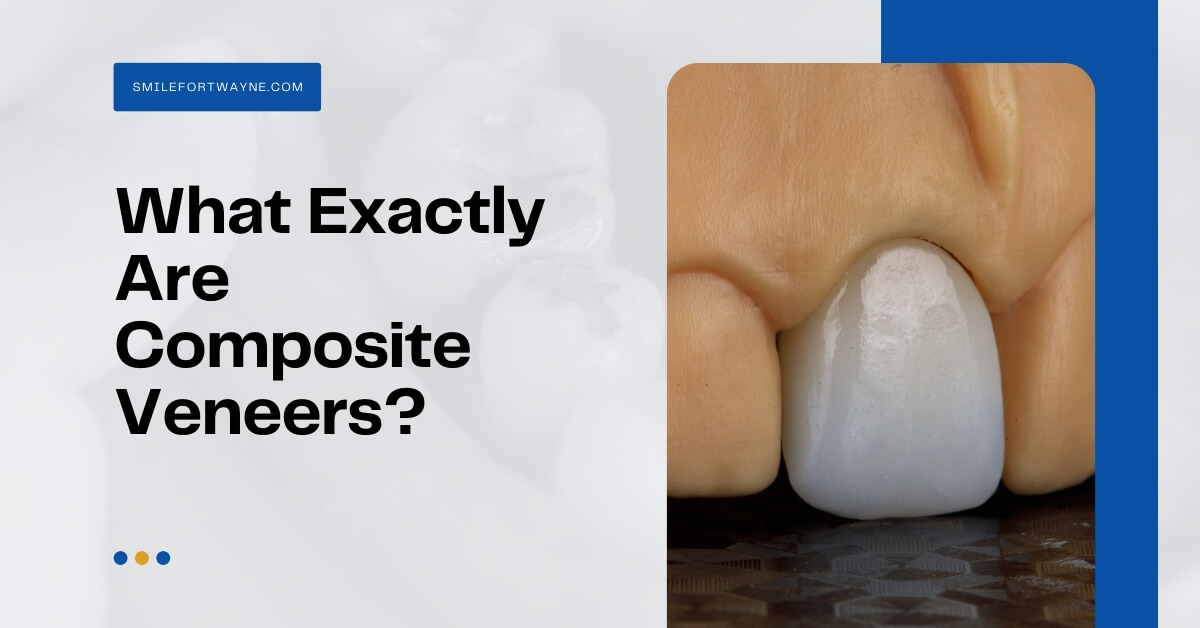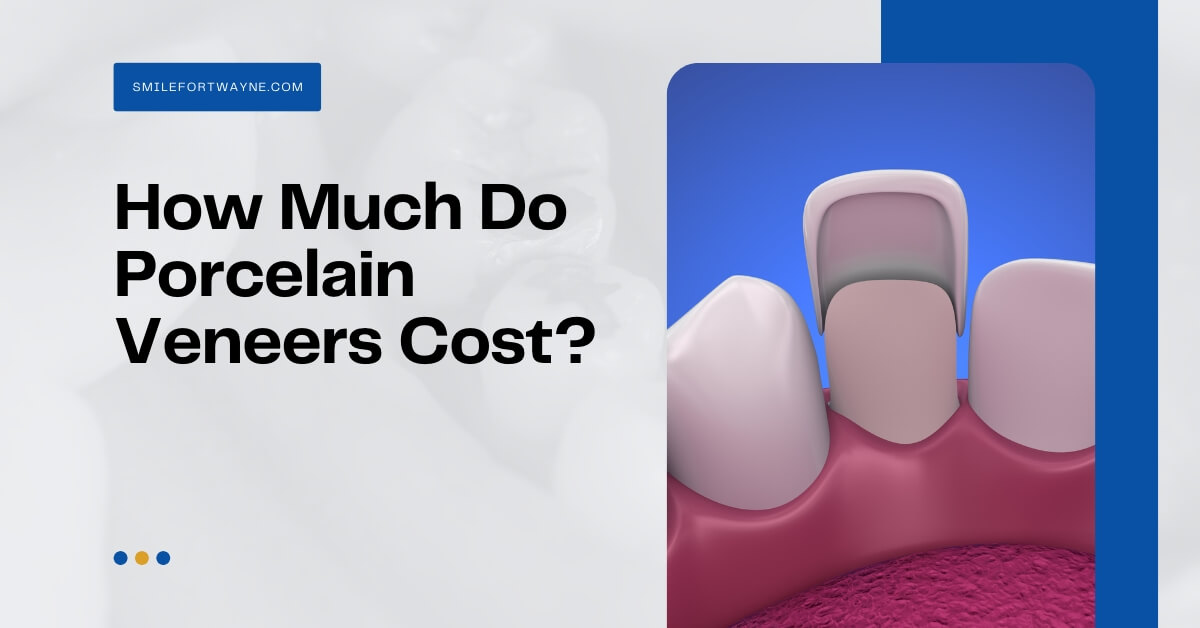Schedule Now
Sedation Dentistry: What is It and How Does it Work
What is Sedation Dentistry?
Sedation dentistry may alleviate some of the anxiety associated with visiting the dentist for those who avoid it like the plague. Sedation can be utilized for a variety of operations ranging from invasive surgeries to routine dental cleanings. The severity of the fear determines how it is used.
Call Our Office Today at (260) 432-0561
What is Sedation Dentistry?
Sedation dentistry is a branch of dentistry in which dentists use various techniques to calm patients’ worries, fears, and anxieties during dental procedures. They range from mild to severe, depending on the patient’s level of dental anxiety, the procedure being performed, and the dentist’s prescription.
Understanding what sedation dentistry is might be beneficial for people prepared for a pending surgery. The dentist will assess which choice is the most appropriate.
The Levels of Sedation
The following are levels of sedation as described by the American Society of Anesthesiologists:
Minimal Sedation (Anxiolysis)
Patients normally respond to verbal commands when under the influence of prescription medicine. Although cognitive function and physical coordination may be diminished, airway reflexes and ventilatory and cardiovascular systems are not compromised.
Moderate Sedation/Analgesia (“Conscious Sedation”)
When patients respond purposefully to verbal directives, either alone or in conjunction with light tactile stimulation, they are experiencing a drug-induced state of depression of consciousness. It is unnecessary to do any interventions to maintain a patent airway, and spontaneous breathing is sufficient. The majority of the time, cardiovascular function is preserved.
Monitored Anesthesia Care (“MAC”)
This term does not pertain to a natural progression to sleep but to “a specialized anesthesia service provided by a competent anesthesia provider during a diagnostic or therapeutic procedure.”
Monitored anesthesia treatment is indicated when there is a “need for deeper degrees of analgesia and sedation than may be given by moderate sedation (with the possibility of converting to a general or regional anesthetic),” according to the American Society of Anesthesia.
The removal of a reflexive response from a painful stimulus is not considered to be a deliberate response.
Deep Sedation/Analgesia
After repetitive or painful stimulation, patients experience a drug-induced depression of consciousness during which they cannot be easily awoken yet respond purposefully.
The ability to independently sustain ventilatory function may be compromised. It is also likely that patients would require assistance in maintaining a patent airway and that spontaneous breathing will be inadequate. The majority of the time, cardiovascular function is preserved.
General Anesthesia
The condition is characterized by a drug-induced loss of consciousness during which patients cannot be awoken, even by painful stimuli. Most of the time, people’s ability to sustain their ventilatory function is hindered.
Patients frequently require aid in maintaining a patent airway, and positive pressure ventilation may be necessary due to reduced spontaneous breathing or drug-induced depression of neuromuscular function, among other reasons. Cardiovascular function may have been compromised.
Common types of Sedation Dentistry
You might prefer dental sedation or sleep dentistry, but you should first consult your dentist about your options. For your dental expert to make safe and knowledgeable recommendations, you should disclose any allergic reactions you’ve had in the past, particularly to the anesthetic.
You can also talk about local anesthetics if you want to. You will not feel any discomfort throughout a dental procedure because of the use of these medications. Local anesthetics are typically administered by dentists using a small needle in several locations along the gum line. If you have no apprehensions about going to the dentist, a local anesthetic may be all that is required.
Nitrous oxide
Gas will be administered to you during the process to make you feel relaxed. After your appointment, you may be able to drive yourself home since the anesthesia wears off rapidly.
Oral sedatives
Patients can also benefit from oral sedatives, such as diazepam to help them relax during dental operations. It would be best if you took them an hour or so before your scheduled appointment time. You’re fully awake but noticeably less agitated, and you may feel a bit tired for a short period until it wears off.
Intravenous sedatives
Intravenous sedatives, often known as IV sedatives, can place you in various states of consciousness. This is also referred to as general anesthesia, and as previously said, it will throw you into a deep sleep until the anesthetic wears off.
Other IV medications, on the other hand, can induce a state known as “twilight sleep.” You may be less conscious of your surroundings, you may feel tired, and you may not recall much of the process once it is through.
How does Sedation Dentistry work?
The method of anesthesia used by your dentist will determine the length of time it will take. If you’re taking an oral sedative, for example, your dentist will issue you a prescription for the medication and provide you with detailed instructions on how to use the medication. As long as you adhere to the directions, you will experience lower worry and improved relaxation. You should begin to feel drowsy and satisfied as soon as the drug starts to work its magic.
Nitrous oxide doesn’t require any preparation. It will be provided by your dentist before, during, and immediately following the procedure. If you decide to receive IV sedation, you may need to make specific preparations ahead of time.
For example, your dentist may request that you refrain from eating or drinking anything for several hours before the dental work. It is also possible that you will need to refrain from taking some drugs the day before your dental appointment since they may interact with the sedative medication.
Who can have Sedation?
The use of sedation is particularly suited for persons who have a genuine fear or anxiety about going to the dentist and are stopping them from doing so.
Sedation dentistry may also be useful for those who are suffering from the following conditions:
- have a poor threshold for discomfort
- cannot stay still in the dentist’s chair because of sensitivity to the dental floss
- you have a weak gag reflex
- require a significant amount of dental procedures to be undertaken
How Safe Is Sedation Dentistry?
There is always the possibility of receiving an anesthetic. When administered by a qualified dentist, however, it is generally considered safe. Certain patients, such as those who are obese or suffer from obstructive sleep apnea, should consult with their doctor before undergoing sedative therapy. This is because they are more likely to experience difficulties as a result of the anesthetic.
Ensure that your dentist is trained and qualified to deliver the type of sedation you will receive before proceeding with your treatment plan. To be a wise patient, you need to make sure that the following items are completed:
Your dentist should review your medical history before doing the operation. In addition, your dentist should determine whether or not you are a good candidate for sedation and should inquire about any medications you may be currently on.
To determine the proper sedative dosage for your age and health, you should consult with your doctor. You should also inquire as to whether the dosage is within the FDA’s suggested range.
It’s critical to find out how much training the dentist has received and how many sedation operations they’ve completed before deciding. The greater the number of treatments performed by the dentist, the better.
You should be given a form that outlines the hazards associated with the procedure. Please consult with your dentist about it thoroughly. If you are unsure about any of the phrasing, feel free to ask questions.
The dentist should monitor your vital signs following the American Dental Association’s recommendations during the procedure. In addition, the dentist should have oxygen — commonly known as artificial ventilation — and medications that reverse the effects of anesthesia available in case you require them.
Will You Benefit From Sedation Dentistry?
Consider the procedure you’ll undergo as well as your general response to dental care in general before deciding whether or not to undergo dental sedation.
Do you have a fear of needles, for example? If this is the case, IV sedation may be more stressful than the dental work itself. Additionally, if you are concerned about being susceptible to the dental chair, you may want to remain aware and opt for a local anesthetic instead.
When it comes to dental work, sleep dentistry may be the ideal option for you if you’ve been putting it off because you’re worried about the pain or any other component of the procedure. Dental cavities, loose or damaged teeth, and other conditions that go unnoticed can jeopardize the health of your mouth and teeth. Furthermore, as time goes on, the problem may get more complicated, which may necessitate more expensive dental repair in the future.
Consult your dentist about the possibility of receiving dental sedation if you are anxious about future dental work. If they do, you might feel more comfortable entering into the chair, and you won’t have to worry about recurrent dental difficulties that give you pain and other complications.
Call Smile Fort Wayne to ask more about sedation dentistry.
Many people have anxiety when visiting their future appointments, but it doesn’t always have to be that way. Sedation dentistry is your answer! Fort Wayne dentists such as Smile Fort Wayne can guide you through the process and answer any questions you have along the way.





